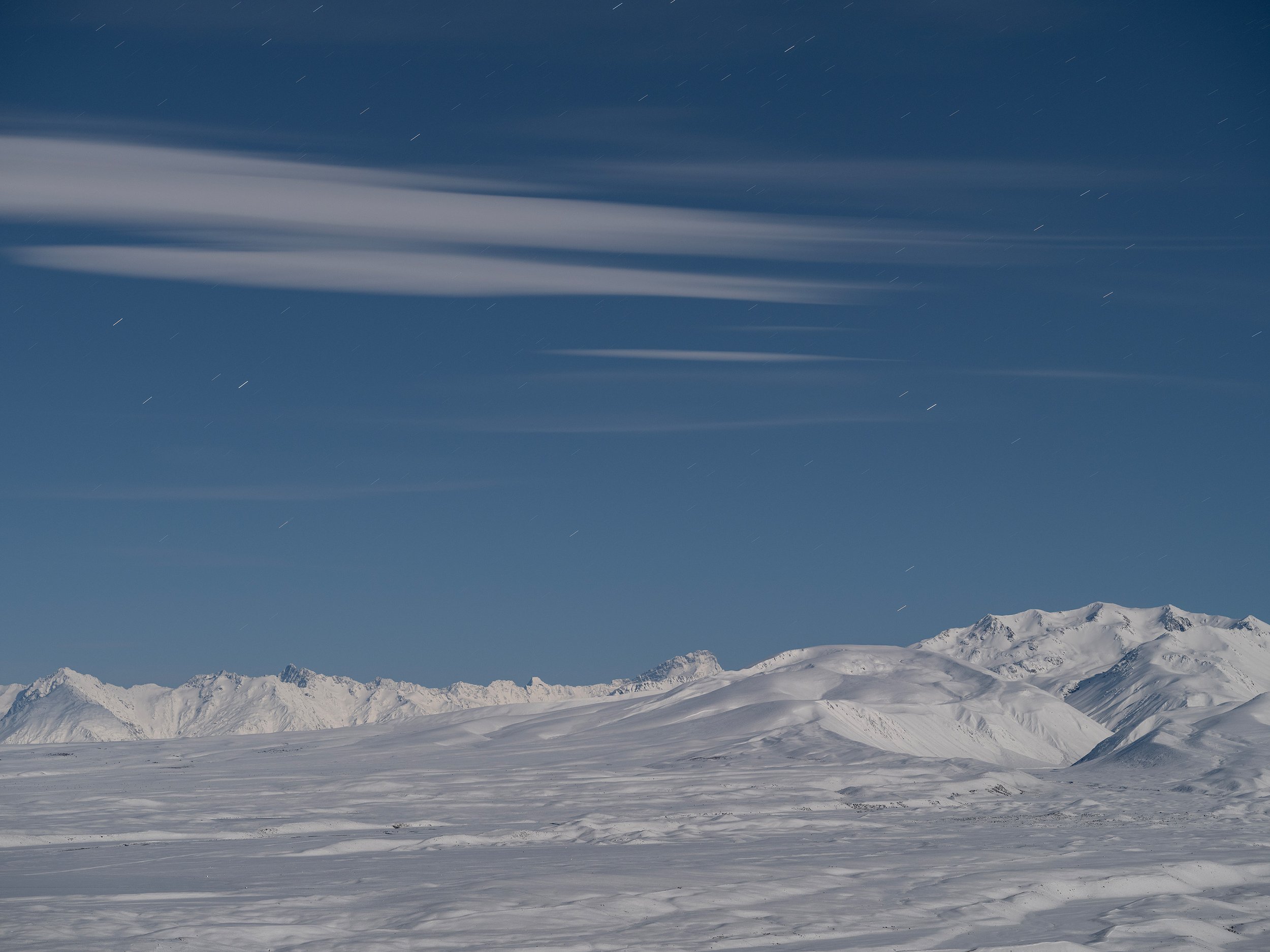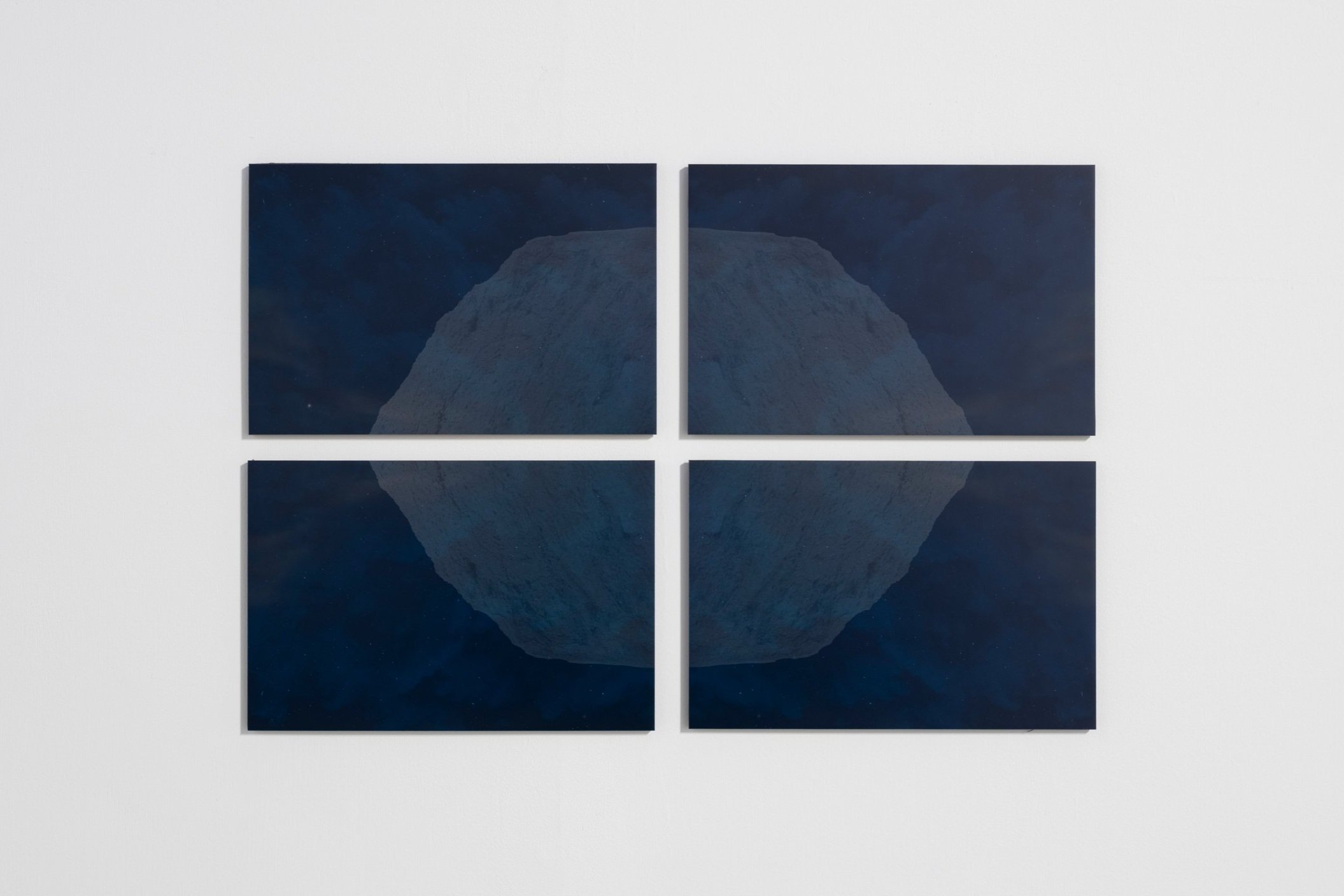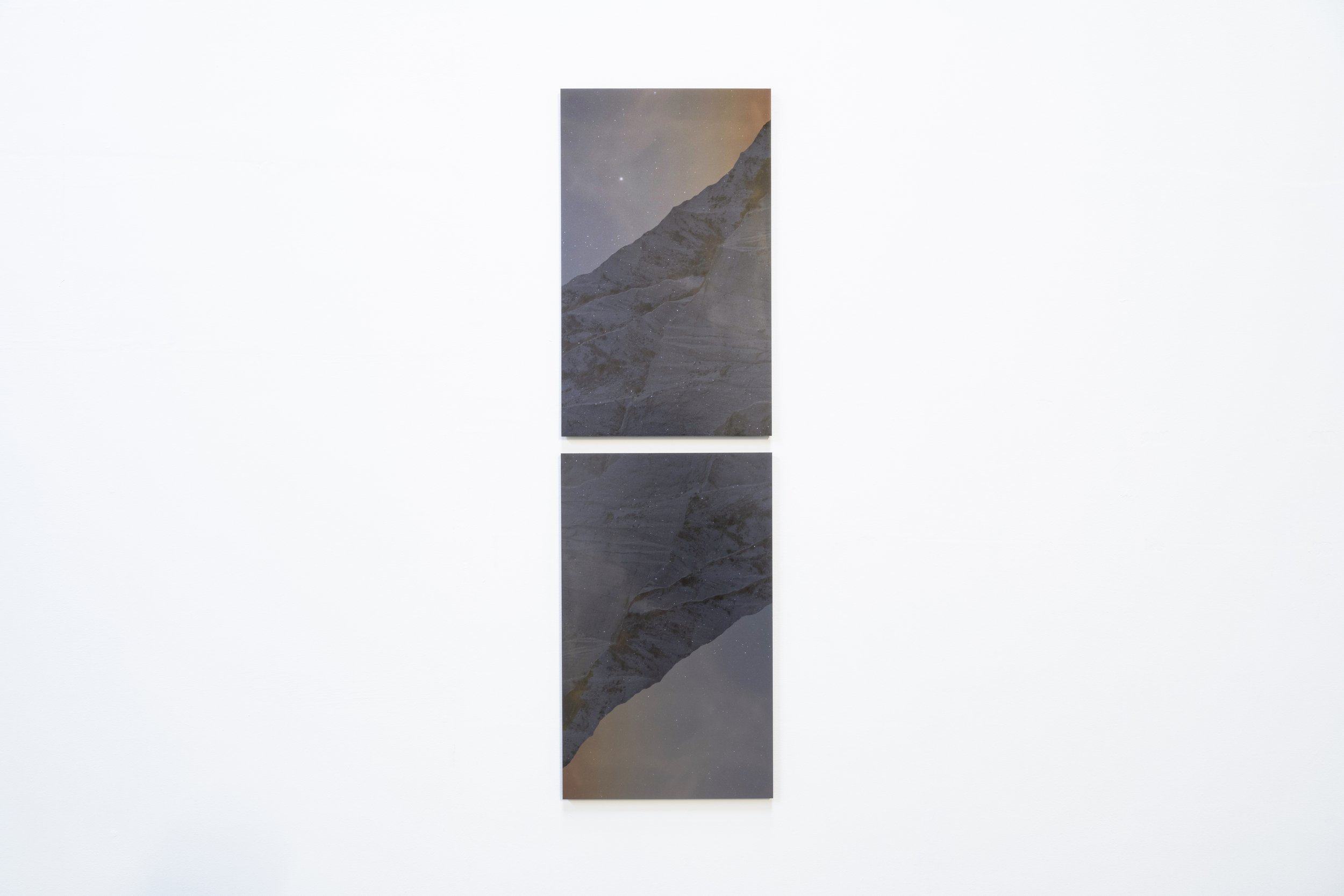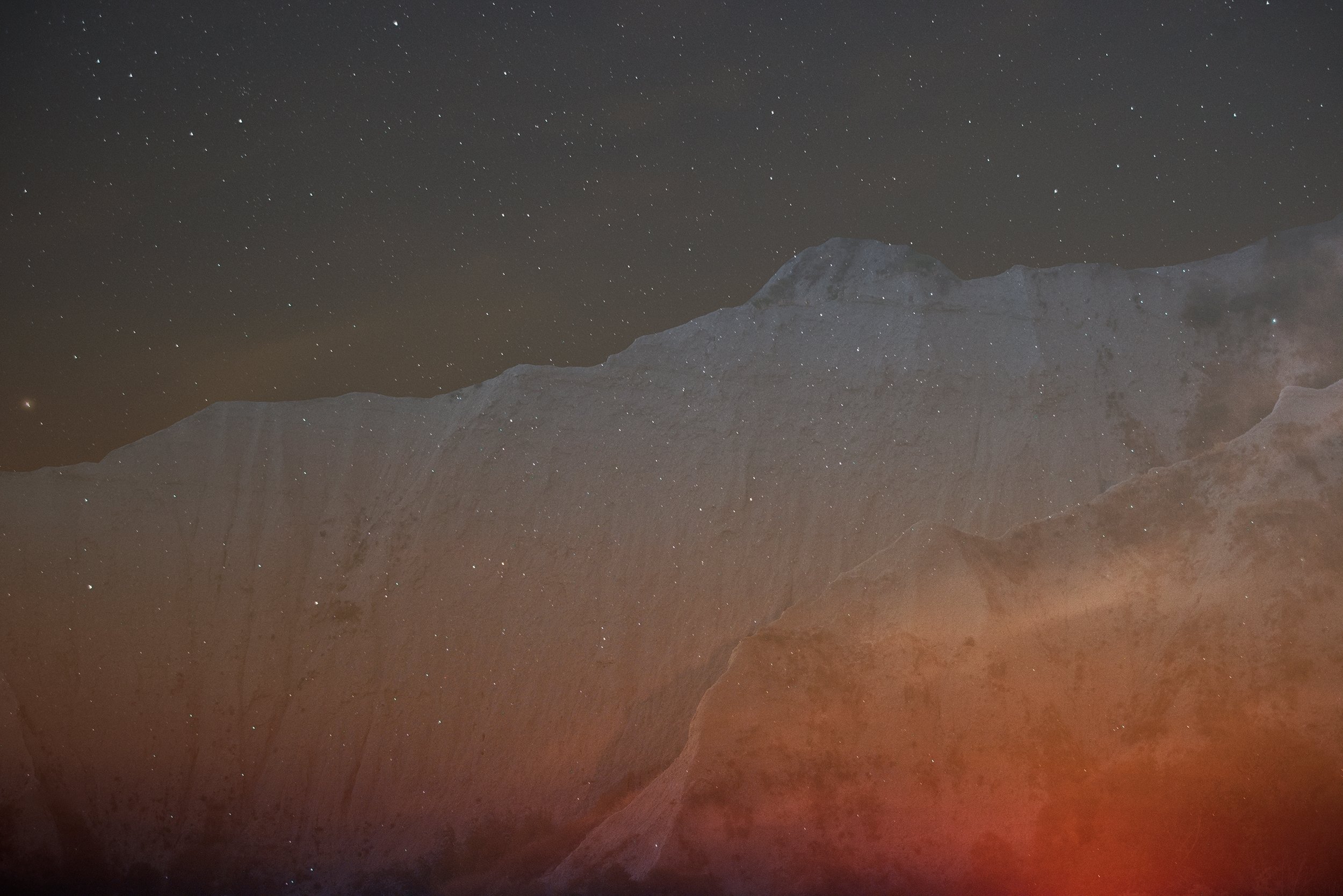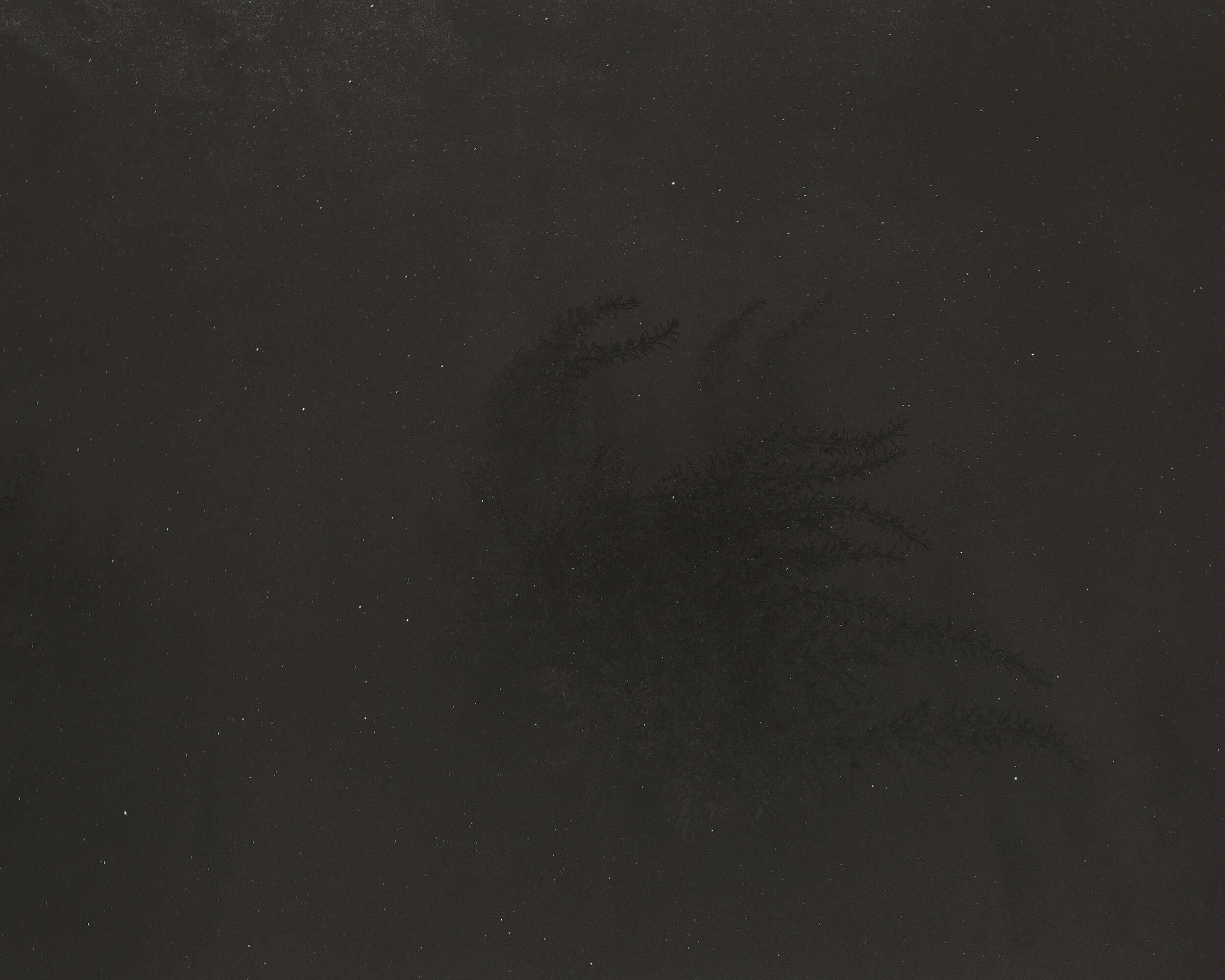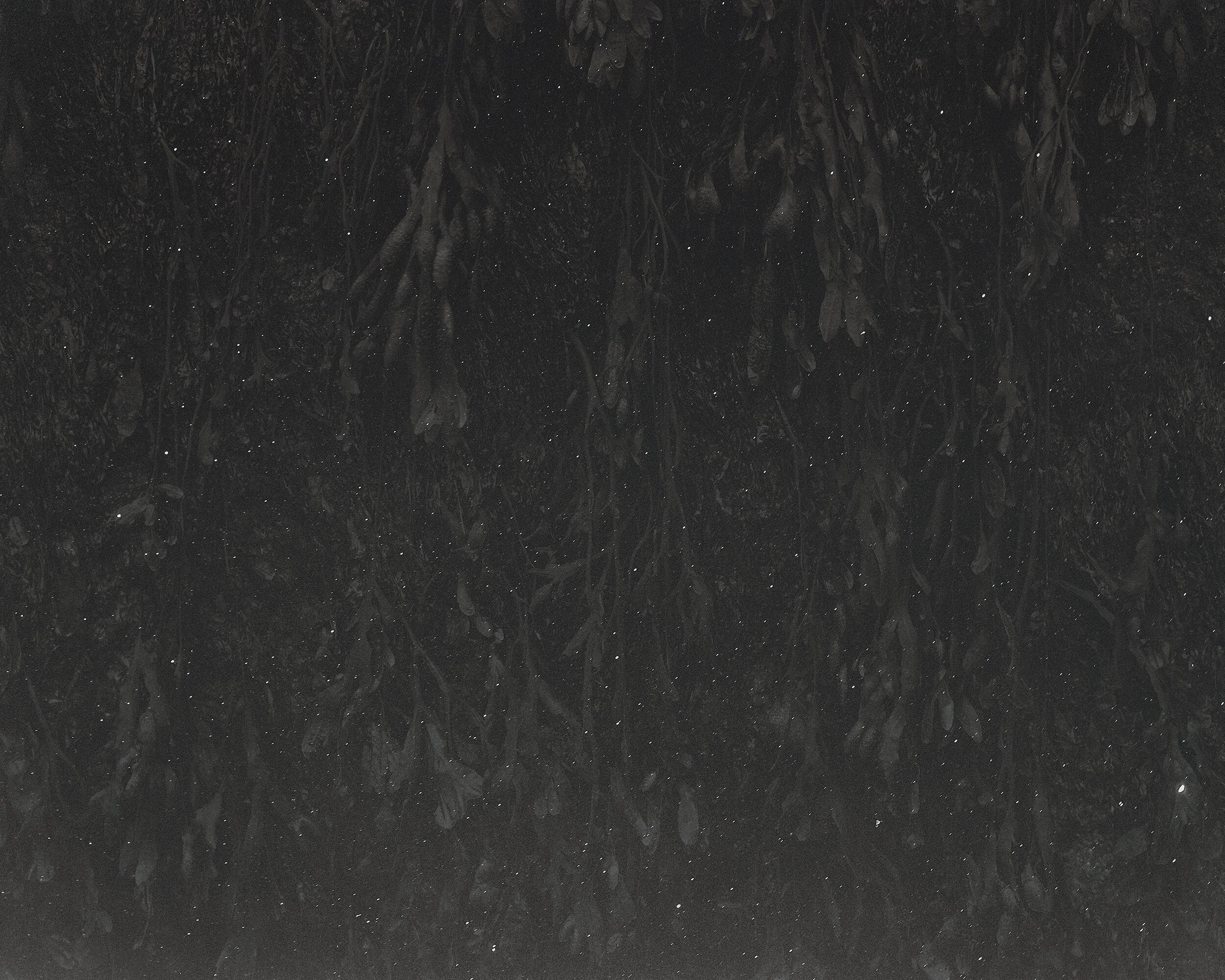Apogee Earth
Taylor-Jones & Son
Louise Beer + John Hooper
Biographies
The directors of Pale Blue Dot Collective are Louise Beer + John Hooper.
Louise Beer
Louise is an artist and curator, born in Aotearoa New Zealand. She now works between London, Margate and Aotearoa. Louise uses installation, moving image, photography and sound to explore humanity's evolving understanding of Earth’s environments and the cosmos. Her experience of living under two types of night sky, the first in low level light polluted areas in Aotearoa, and the second in higher level light polluted cities and towns in England, has deeply informed her practice. As light pollution increases around the world humanity is losing a symbolic visual connection to the cosmos, shared by our ancestors throughout history. She explores how living under dark skies, or light polluted skies, can change our perception of grief, the climate crisis and Earth’s deep time history and future. Louise holds an MA Art and Science from Central Saint Martins and a BA (Hons) in Fine Art from Middlesex University London.
Recent awards, residencies and commissions include Somewhere Nowhere Residency, Lake District (2019), Arts Centre Christchurch Te Matatiki Toi Ora Residency, Aotearoa New Zealand (2020), Moscow Museum of Cosmonautics Space Art Summer School (2020), Delfina x Gaia Art Foundation Science Technology Society UK Associateship (2020), SECCADs Grant (2020), BigCi Environmental Art Award (2020), Bodleian Library x Fusion Arts Commission (2020), ACE DYCP Grant (2021), North York Moors Dark Skies Residency with solo exhibition (2021), Amant Siena Residency (2021), CreaTures Art/Tech/Nature/Culture Residency (2021), Grand Union x University of Birmingham MA Art History and Curating Exhibition Award (2022), Birmingham, England, British Council Pakistan - UK New Perspectives (2022), Space Studios x ARUP Commission (2022), Art + Air Exhibition Commission (2022), Curating Climate Commission Forestry England x Signal Film and Media (2022) and the Jean Harrison Commission (2022), Photo Fringe 2022 OPEN Eco (2022), Vera C. Rubin Observatory Kickstarter Grant with the University of Canterbury Mount John Observatory, Aotearoa New Zealand (2022), Derby Cathedral and FORMAT23 Photography Festival (2023) and has been awarded her second Arts Council England Developing Your Creative Practice grant (2023) and LOM+You (2023). Louise has recently written a chapter for a forthcoming book, Dark Skies: Places, Practices, Communities, edited by Nick Dunn and Timothy Edensor, to be published by Routledge in 2023.
CV
Artwork
John Hooper
John grew up in the North of England and works globally.
John is a photographer, filmmaker, installation and sound artist. John is co-director of Pale Blue Dot Collective, Print Science and is a regular contributor to super/collider.
John started his photography career shooting editorial portraiture and night life for music and lifestyle magazines including Sleaze Nation, Mixmag, Vanity Fair, the Guardian amongst other. His experience as a photographer and director of photography has led him to collaborate on projects for numerous commissions. He has been using his photography and sound practice to discover the natural world and the vastness above. In 2021, John successfully applied for Arts Council England funding to develop his creative practice. He has also been awarded support from SECCADS enabling him to invest in digital equipment to use for photography and filmmaking. Together with Louise for their Pale Blue Dot Collective, they worked on an exhibition in 2021 with the Arts Centre Christchurch Te Matatiki Toi Ora, Aotearoa New Zealand, the results of a residency in 2020. In 2021 John was shortlisted for the Royal Photographic Society, Science Photographer of the Year, and exhibited for their annual show. In June 2022 he accompanied Louise to Australia for the BigCi Environmental Art Award residency in the Blue Mountains where they collected sound and visual information for their Last verse film. Most recently, with Louise, John has been sponsored by LOM for a project they are working on about sea defences where they will be using the LOM Geofon (a highly sensitive microphone) to record the sound of the earth by the shore.
CV
Artwork
Portfolio
+ Vanishing Point
/John Hooper
This is an ongoing project photographing the sky with the angle of view above the horizon creating a vanishing point which breaks the curve of the earth.
Advanced Party
H: 1000mm
W: 2000mm
Hahnemühle Bamboo, Dibond mount.
The Calm
H: 1000mm
W: 2000mm
Hahnemühle Bamboo, Dibond mount.
Above our earthly horizon these images are reminiscent of air travel. The scale also lends itself to this feeling, filling your field of view with the cloudscape. These images are made using a Toyo Large format studio camera and a Fujifilm GFX digital camera, the images are stitched together to create these monumental cloudscapes.
+Lunar Landscapes
/ John Hooper
Lunar Landscape #1
H: 1000mm
W: 750mm
Hahnemühle Bamboo, Thin black float frame, anti reflective art glass.
John’s Lunar Landscape series started in 2017 during a residency in Atina, Italy. The main images are produced during the full Moon when the weather is clear and the Moon high in the sky. Light pollution is disrupting animals and destroying biodiversity as humanity illuminates more of the land. Now the space above our heads is being polluted, many astronomers are warning of the effects light pollution will create for earth based astronomical observations. More than one-third of the world is now unable to see the Milky Way, even on clear nights.
As artists we have benefited from witnessing the nights sky. These images will inspire people to search out the clear skies and next time they hear of the threat of light pollution they will be more likely to do something which creates a positive environmental outcome.
Lunar Landscape #8
H: 1000mm
W: 750mm
Hahnemühle Bamboo, Thin black float frame, anti reflective art glass.
Lunar Landscape #11
H: 1000mm
W: 750mm
Hahnemühle Bamboo, Thin black float frame, anti reflective art glass.
+Earth as a Planetary Landscape
/ Louise Beer
This work was created during the Amant Siena Residency 2021.
I am interested in how we can think about the environments we know as planetary landscapes, that have risen and fallen over billions of years. Thinking about all the sunsets and sunrises that amounts to, where the geology beneath the stratosphere is changing and life alongside it. Without all of these developments, we would not have the same landscapes and forms of life that we recognise today. If we think about the formation of this landscape against the backdrop of the galaxy and universe, how does it challenge our thinking about the cosmic importance of the lifeforms and environments that we live amongst? How does it reframe our thinking about the insects that move over and in the sediment, and their origins? Does it challenge our human-centric view of the world?
The images below are created using collages of sunsets, sunrises, moonlit landscapes and night sky photographs taken in and around the calanco badlands of Chiusure, Italy during my Amant Siena Residency.
Through time and distance we cannot understand
H: 400mm
W: 600mm
D: 35mm
C-type mounted on Aluminium
Installation view, Bright Island Studio
Eternally spinning through darkness
H: 845mm
W: 250mm
D: 35mm
C-type mounted on Aluminium
Installation view, Bright Island Studio
Apogee Earth
H: 275mm
W: 415mm
D: 35mm
Metallic c-type mounted on Aluminium
Installation view, Bright Island Studio
See more images from this series here.
+Floating in Space
/ Pale Blue Dot Collective
Floating in Space #1
H: 570mm
W: 720mm
C-Type Fuji Matt mounted on Dibond
This series of images was developed during a residency at The Margate School titled Art, Society, Nature: Photography Residency 2021.
Pale Blue Dot Collective created a series of images depicting how solitary beings are all connected, using images of under the water surface shot in Walpole Bay, and the night sky shot in Margate and Minster.
Our photographic folio examines the parallels between floating in the ocean and Earth moving through our solar system. The work is contemplative in nature, as we investigate the giant landscape of the sea-life and plant-life that lives in Walpole Bay, removing our human-centric scale, to the glittering dark skies of Margate. We invite the viewer to imagine how we fit into our ecosystem, and how our ecosystem fits into the cosmos. This work explores the fragile nature of our coastal area. For some, the virus has been an incredibly isolating experience. This work shows the connection between all of us, as we stand and gaze over the horizon, or towards our galaxy.
Alongside this photographic work, we created a soundscape using a hydrophone to record the movement of the waves and sound recorders for life above the waterline. We aim to create work that can engage those of us with visual impairments too.
Floating in Space #2
H: 570mm
W: 720mm
C-Type Fuji Matt mounted on Dibond
+Last Verse
/ Pale Blue Dot Collective
BigCi Residency
Environmental Art Award 2020 (delayed)
Residency completed in July 2022
10m28s
Last verse is a dual screen film made using footage and sound recorded in and around BigCi and up to Blackheath in the Blue Mountains of Australia. The film depicts two temporalities. Firstly from the perspective of a non-human animal and secondly, a cosmic time frame. Are we cosmically insignificant, or cosmically significant?
As we zoom out further, we might think that nothing we do matters, eventually Earth will be absorbed into the sun, and no trace of our world will exist. But what about the fact that there is no other world just like ours, no other world with kangaroos, skinks or gang-gang cockatoos. It has taken our world ~13.7 billion years of the universe existing, beginning with an extraordinary start, billions of years of star formation, the gathering dust, the cooling of our rocky world and the formation of our oceans and atmosphere to develop into our home. All of these processes have helped the eucalyptus trees to grow into homes for insects, animals and birds, have helped the pagodas to form, have helped our brains to develop in such a way that we can look out at the pinpricks of light in the sky and through research, understand that they are unfathomably old and unfathomably large spheres of gas.
It took a vast period of time for our universe to form into the one we see around us. One day, Earth will no longer exist. Time will go on for an immeasurable period, before time itself will cease to exist. Does each rotation of our blue marble around our star draw the universe increasingly closer to existing without life as we understand it?
+Gathering Light
/ Louise Beer
Commissioned by Derby Cathedral x FORMAT Festival 2023
The audio/ visual installation runs for 36 minutes.
A video of this work is coming soon.
Gathering Light is an installation that reflects my experience of grief. I created this work after losing my wonderful father in 2021. One thing that has helped me traverse the path of grief has been watching the ever changing skies from my home in Margate and the Moon above at night time. Walking along the cliff top and seeing the different birds and insects moving from one flower to another and the sun rising in the morning and setting in the evening, helped me to process the enormity of our family’s loss. The constant to and fro of the tides has given an earthly framework to my thinking.
How does the Earth keep spinning
Seeing the sky out of my window has helped me to connect my reality to that of Earth, and our cosmic history. It helped me to think of other days, other nights. Other skies we have all looked up at, other possibilities. Other moments and other shared memories.
Gathering Light was created by taking photographs of the sky, usually just after sunrise, over 40 consecutive days to reflect the 40 days of contemplation of Lent. During this time I kept a diary of thoughts on how I was processing my own feelings.
Gathering Light has been produced as a new co-commission between Derby Cathedral and FORMAT International Photography Festival. The partnership sought artist project proposals with a focus on photography and lens-based media, taking inspiration from the Christian observance and celebrations that commemorate Lent. Artists were asked to consider themes such as spirituality, sacrifice, release, isolation and rising/ rebirth. This site-specific commission also invited artists to explore how their work sits within the cathedral’s architecture and daily activity. As a Grade 1 listed building and one of Derby’s oldest buildings, it’s a place of historic significance, a lively place of worship, and a place of musical and cultural excellence.
Gathering Light, installation view in St Katharine’s Chapel, Derby Cathedral
Gathering Light, installation view in St Katharine’s Chapel, Derby Cathedral





